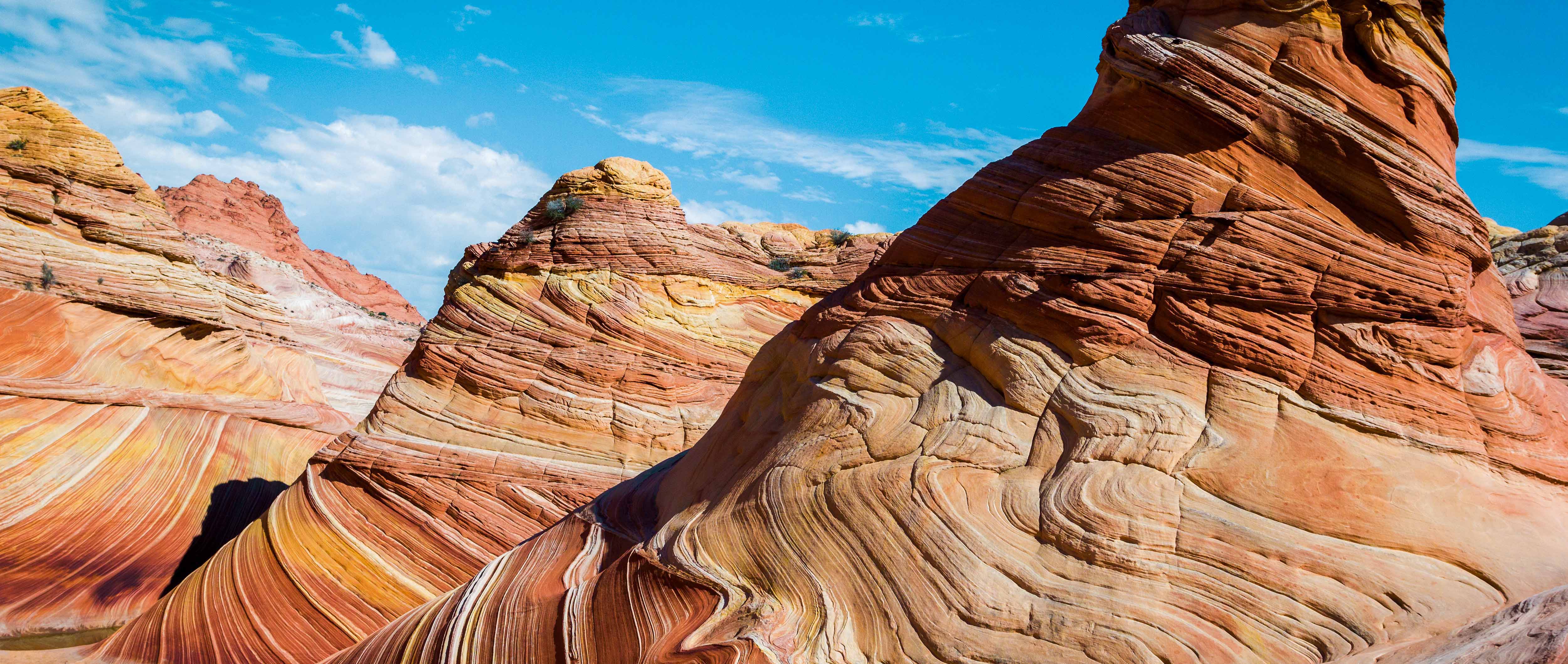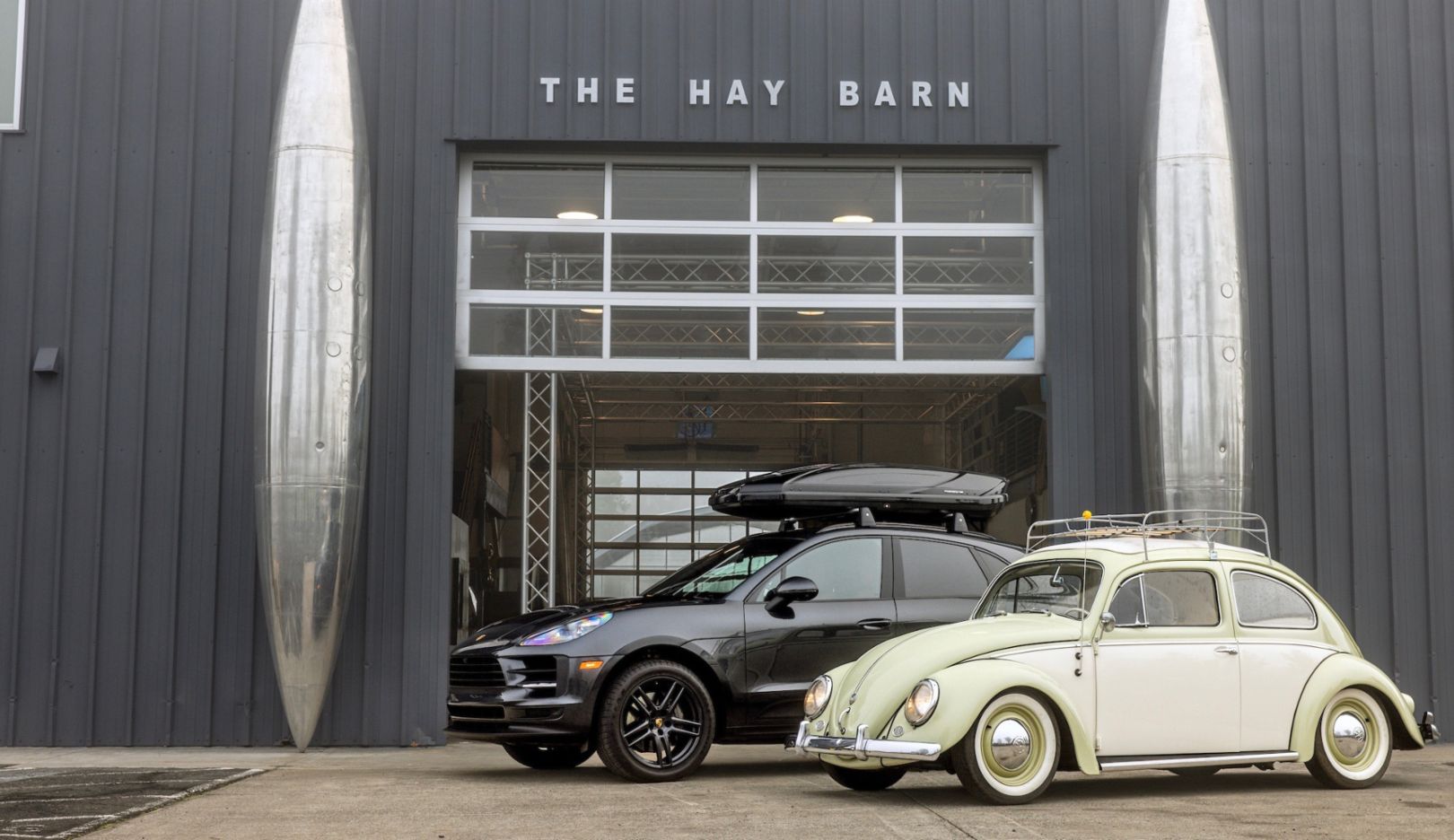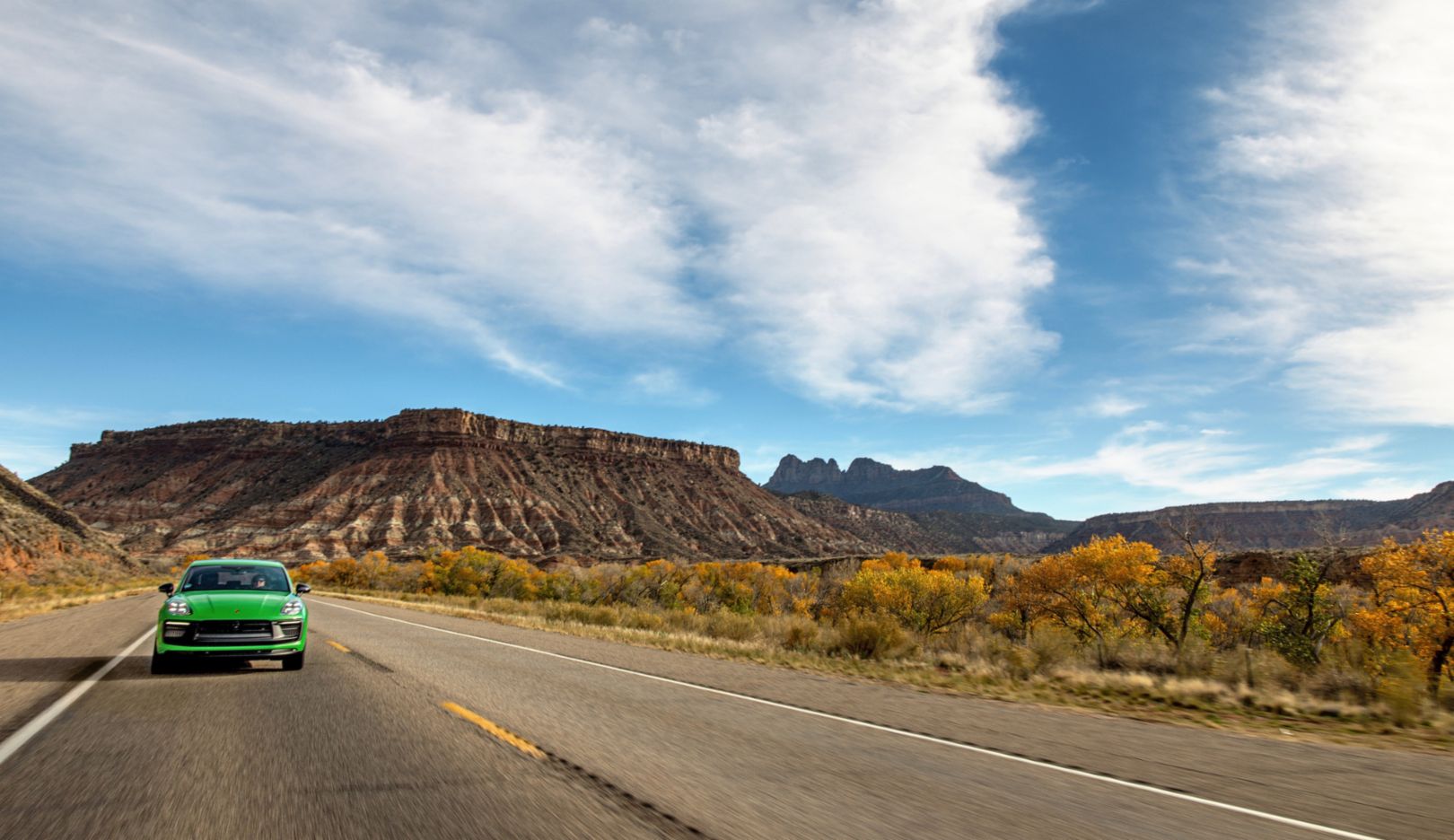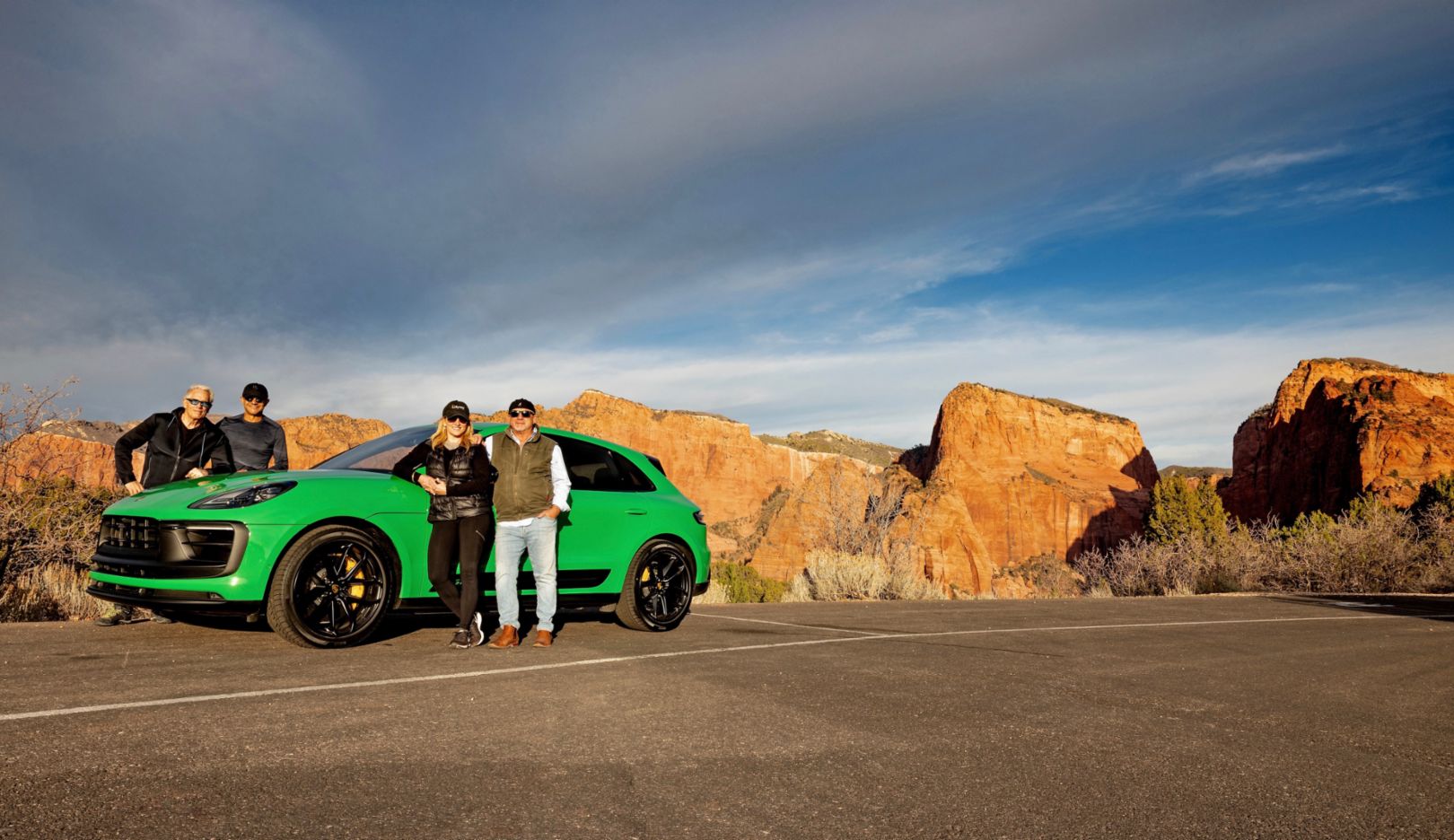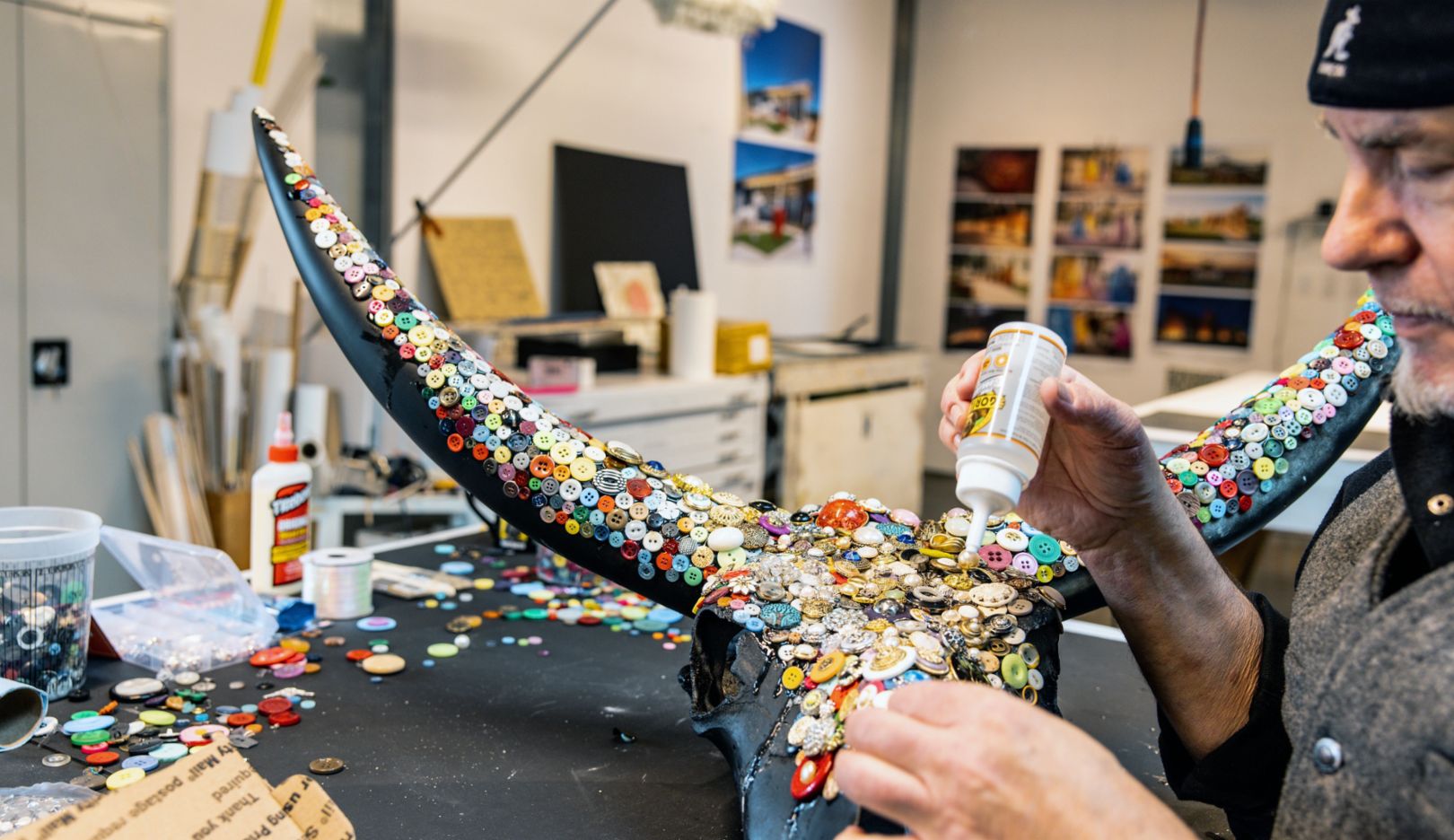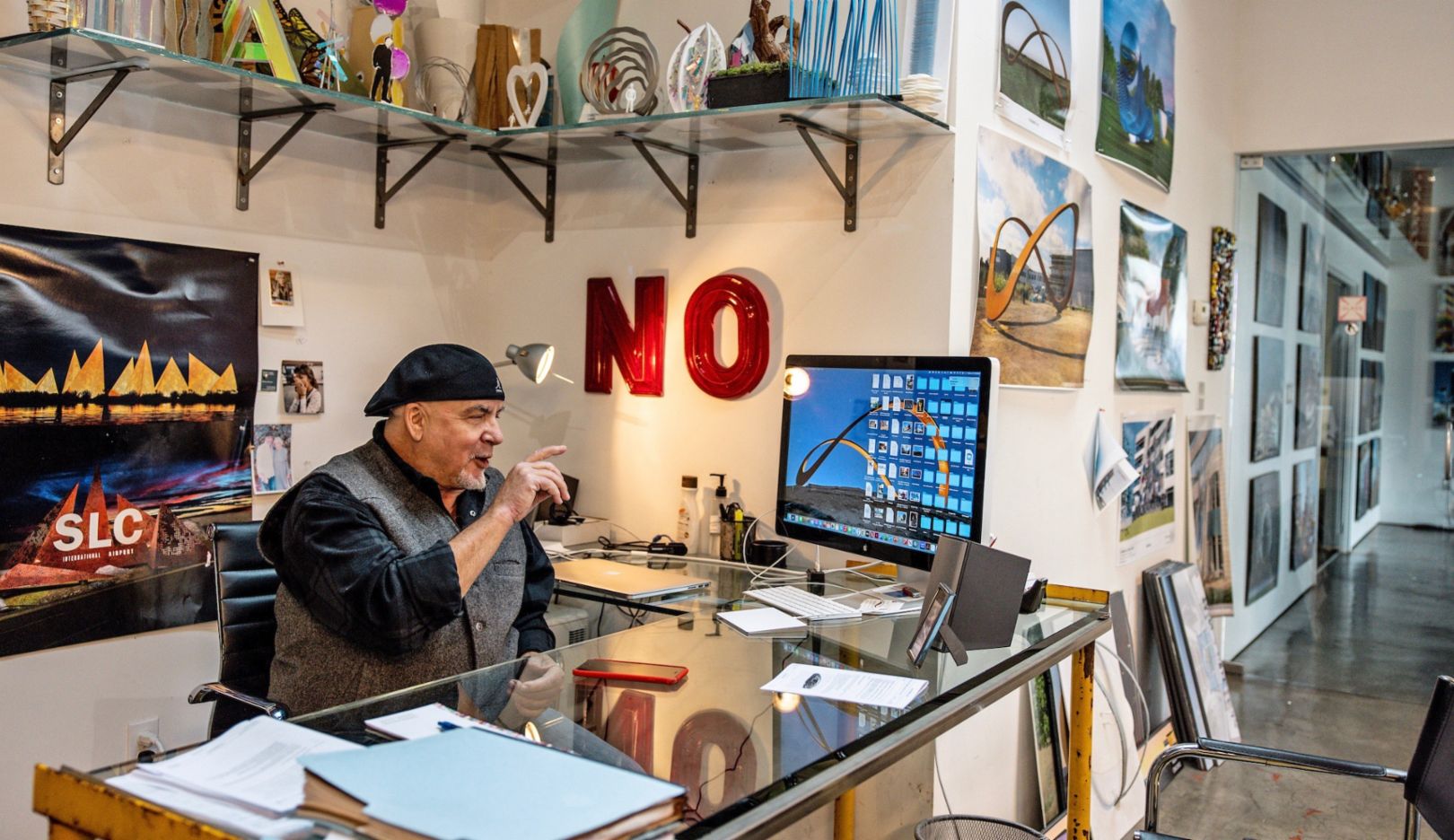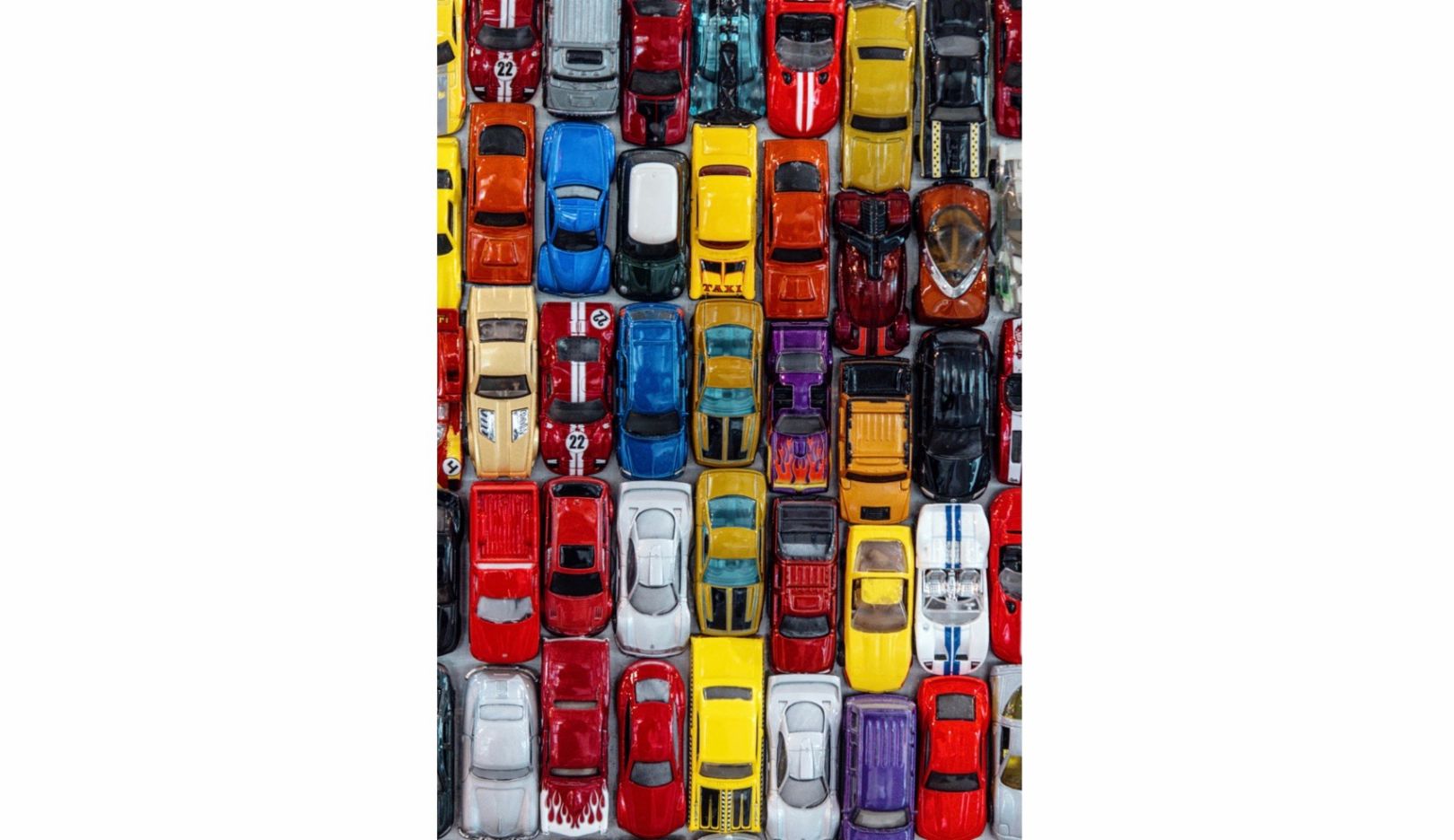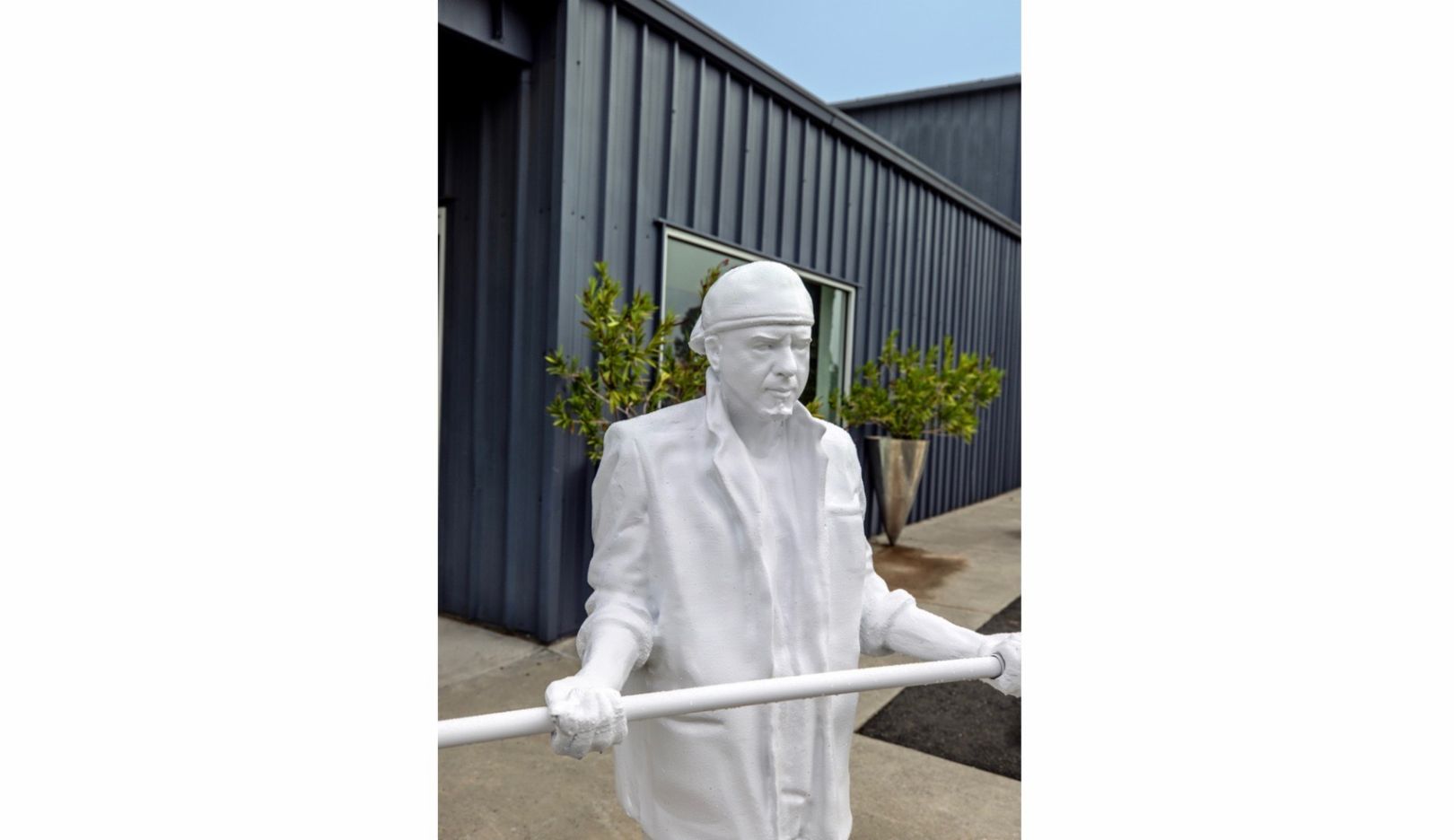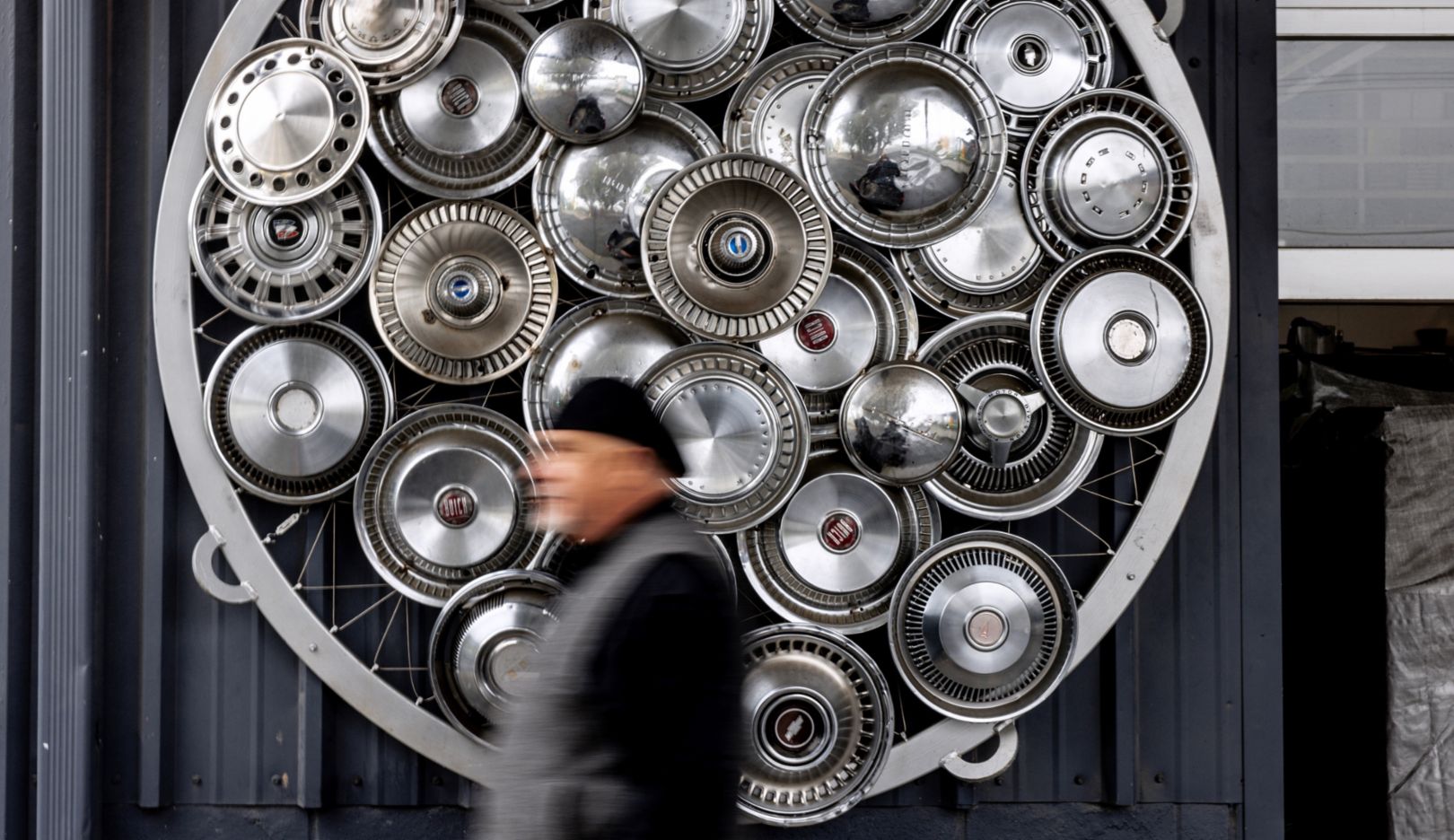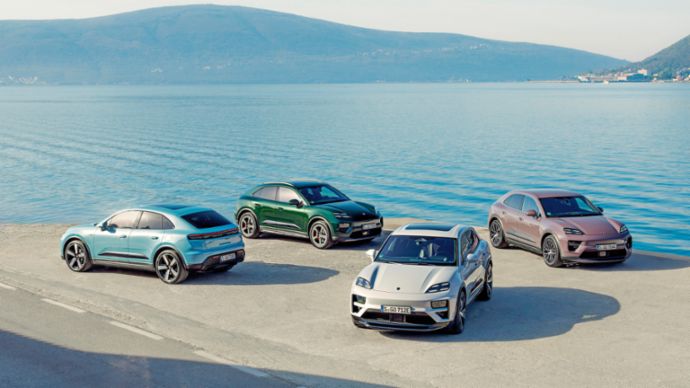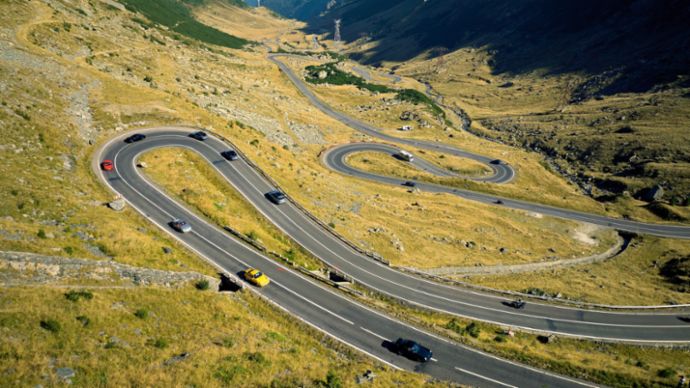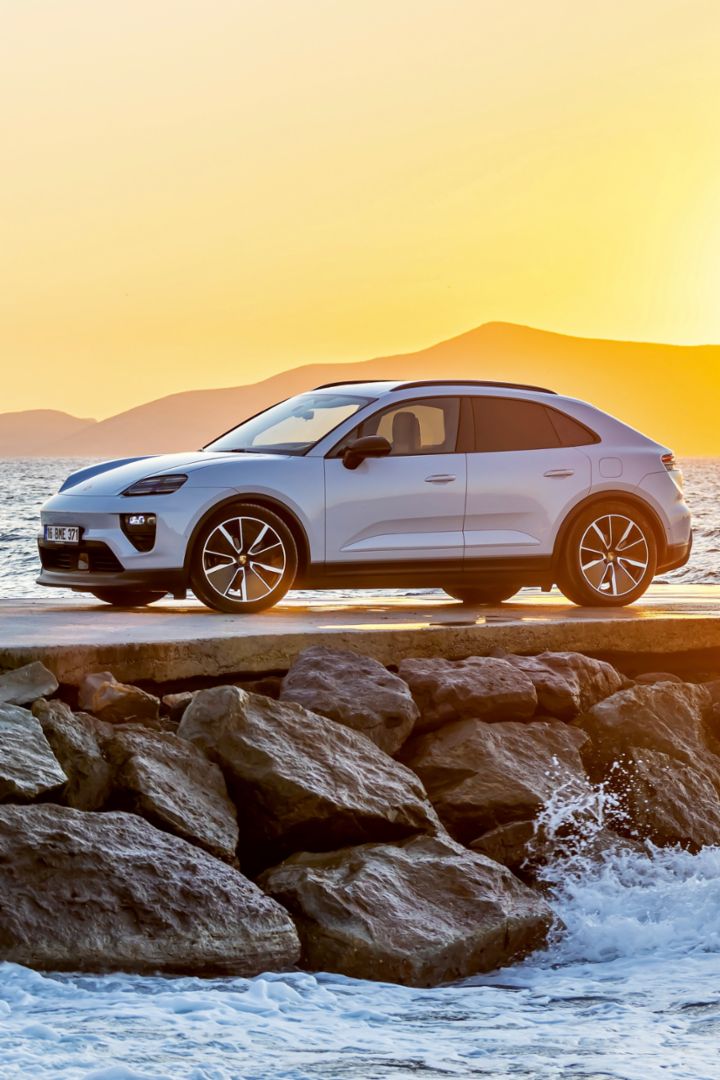Erosion as Inspiration
An art project incorporates the Wild West: enormous sculptures have touched down at Salt Lake City Airport, paying homage to the beauty of Utah’s national parks.
Gordon Huether focuses his gaze to the east, the first rays of the sun illuminating his face and revealing his euphoria: “When I see nature’s power and majesty,” the artist says of the epic sunrise, “it makes me want to just throw all my pencils away. It’s so beyond, it’s surreal.”
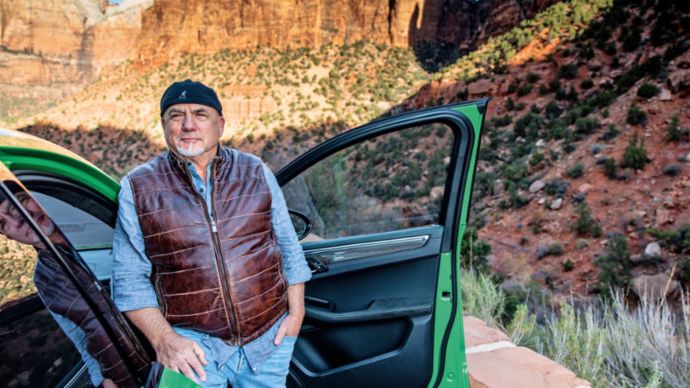
Viewpoint:
Huether wants to bring people together through his art. And open their eyes to beauty and meaning.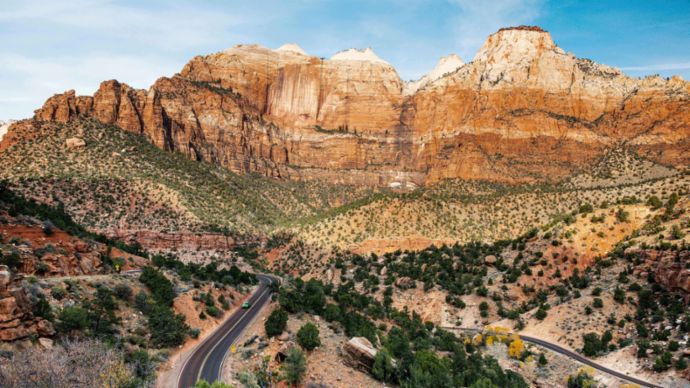
“The majestic beauty is so beyond, it’s surreal.” Gordon Huether
The sandstone mountains of Zion National Park in the United States are resplendent with shades of pink and salmon. Carved out by forces of nature over a period of 150 million years, the formations serve as the 62-year-old’s key source of inspiration. But he’s not the only one who’s fascinated by the landscape. The rush of visitors to the park is at an all-time high, with real-world experiences becoming more and more important in the digital age. And people are rediscovering the joy of travel, revealing that transportation is what truly brings the world together. Transportation is an enduring theme in Huether’s opulent artworks, sculptures, and installations. His most recent large-scale project brings the grandeur of the great outdoors to Salt Lake City International Airport and forms the gateway to Utah’s so-called Mighty 5 national parks: Arches, Bryce Canyon, Canyonlands, Capitol Reef, and Zion. The number of travelers who passed through the airport increased from just over nine million in 2002, the year of the Winter Olympics, to 26 million in 2019. Another increase is expected once intercontinental travel is no longer restricted. Just as interest in the national parks is growing, Salt Lake City Airport is getting an update, with 4.5 billion US dollars invested in the new comprehensive design. Large-scale art produced by Gordon Huether is a key component of the project.
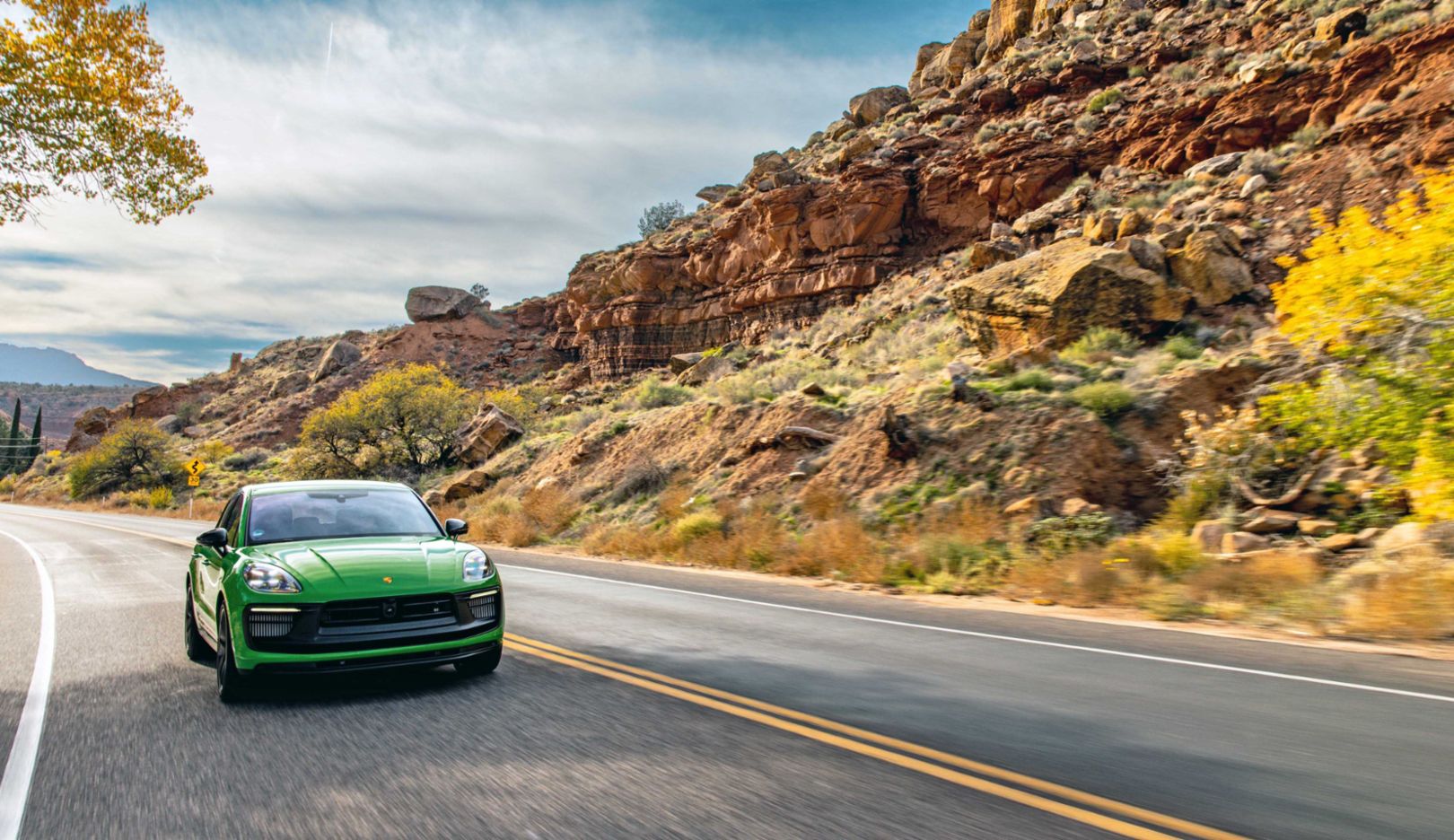
Excursion at Zion National Park:
Californian artist Gordon Huether loves landscapes and appreciates the aesthetics of the Porsche Macan GTS.With his ambitious works of art in the public sphere, Huether seeks to bridge the gap between man and nature, whether in city squares, at libraries, clinics, or community centers. His aim is to elevate Salt Lake City International Airport, which he refers to as a “Cathedral of Transportation,” with his organic elements, creating a direct link to the national parks, where most of the travelers are headed.
“Traveling is stressful, even for the most seasoned traveler,” says Huether. “So what if I could take the temperature down for you a little bit?” His art therapy begins in the main terminal with The Falls, a 20-meter cascade of dichroic glass that hints at the rainbow diffraction patterns of a waterfall in sunlight. Weighing in at two and a half tons, the sculpture incorporates 300 glass panels and 220 glass rods, visible as travelers glide by on the escalator.
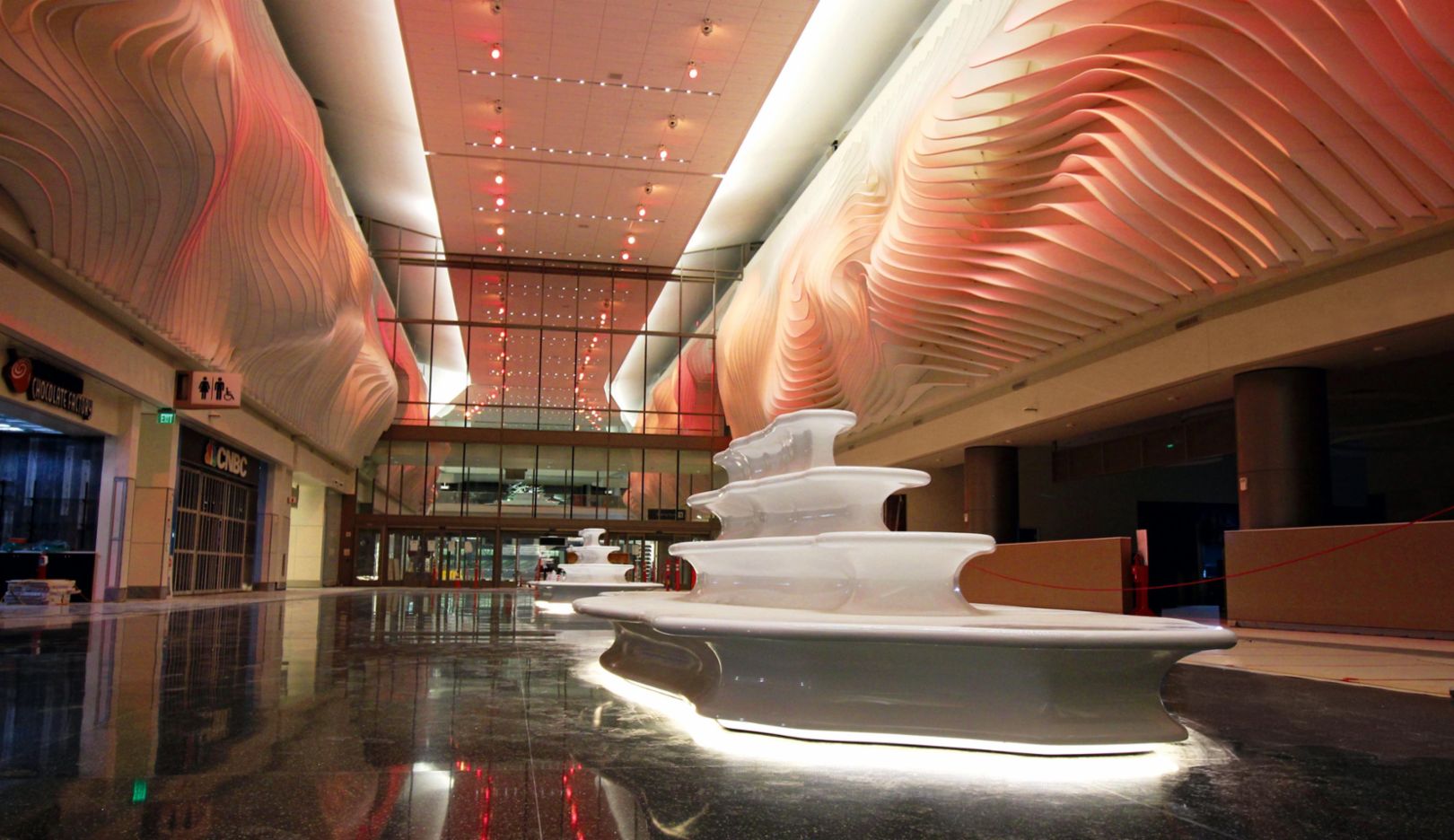
Salt Lake City Airport:
Made from 500 panels, the installation entitled “The Canyon” provides visitors with a foretaste of Utah’s national parks.The Canyon counters with a monochromatic interpretation of smooth and undulating canyon walls, expressed in 500 individual tensile fins that lend the 110-meter-long structure a topographical feel. The striations echo Utah’s rock formations, formed by water and wind erosion, while a computer-controlled LED program recreates spring, summer, and winter on the face of the synthetic rock formation. River Tunnel is an ongoing project featuring a 300-meter-long underground pedestrian tunnel between the main terminal and the north concourse. Illuminated in blue light, the undulating waves transform the space into a waterway. Another major installation in design development is the first thing visitors see when they arrive, and the last thing they see in their rearview mirror as they leave the airport: the Mighty 5, a hulking 75-ton sculpture consisting of five pyramidal structures made of durable COR-TEN steel, which provides the desired weathered steel look.
The imposing structures tower as high as 27 meters and are as tall as a nine-story building. Huether’s inspiration for this sculpture was the expansive Wasatch and Oquirrh mountains that frame the eastern and western edges of Utah’s enormous valley. It’s also Huether’s technical skills and his architectural experience that allow him to fulfill his creative dreams. And that’s what makes him the perfect man for the airport project in Salt Lake City, for this homage to one of North America’s most breathtaking landscapes.
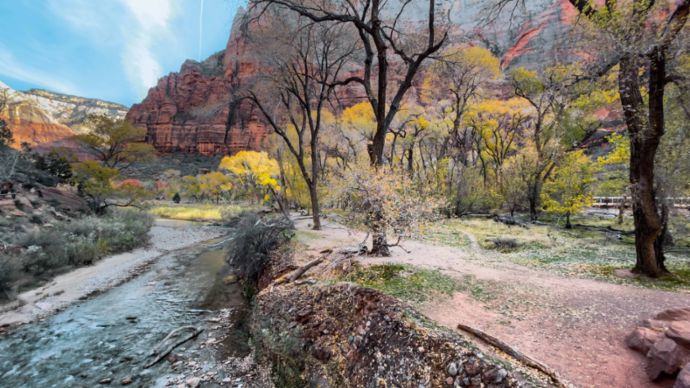
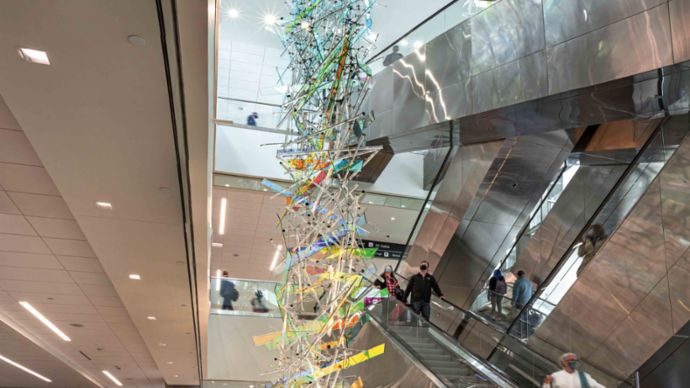
Water and light:
Drops shimmering in spectral colors inspired Huether to create “The Falls”. Measuring 20 meters in height, his transparent sculpture consists of 300 glass panels and 220 rods.“Traveling is stressful. So what if I could take the temperature down for you a little bit?” Gordon Huether
Back in the wilds of Zion National Park, the sun is now high above the horizon. An extraordinary green – python green, to be specific – in the stony landscape has captivated Huether, who’s wearing his signature backwards hat. It’s the same eye-catching color of the Porsche Macan GTS that Huether is driving today. The GTS is the perfect companion for the artist on this excursion. His own Macan S in Volcano Grey Metallic is parked in front of his studio in Napa Valley, California. It’s around 1,000 kilometers as the crow flies from the massive beauties in Utah to Huether’s home, where he lives with his wife, Darcy.
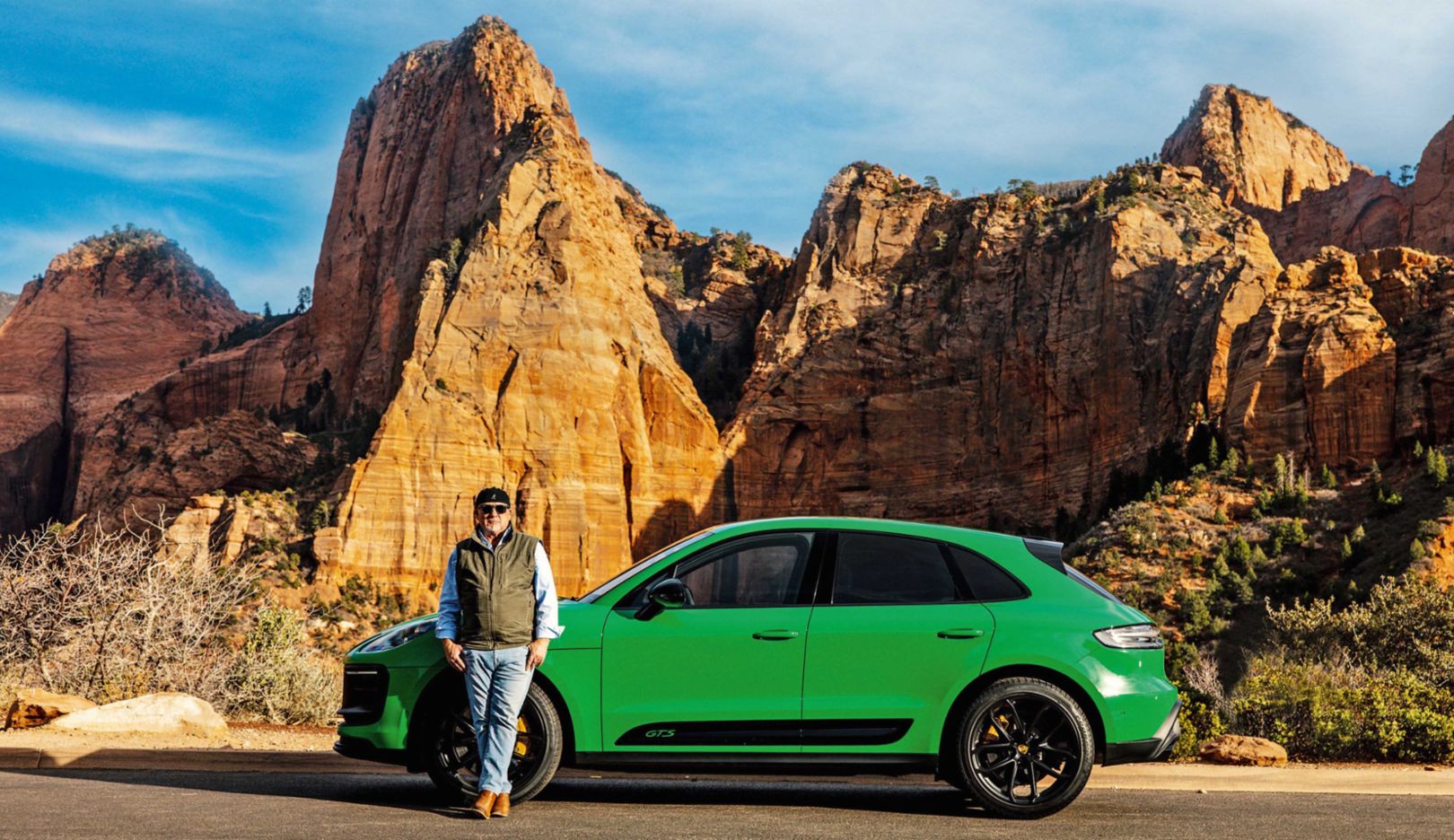
A passion for German vehicles and culture is in Huether’s blood. Both of his parents moved to the US as German immigrants, living first in Rochester, New York, and then moving on to California. Gordon Huether tells us that his grandfather had to walk to work for five years before he could afford to buy his brand-new, blue 1962 VW Beetle. Huether recalls going to German movies and driving from Napa to San Francisco in the family’s beloved Beetle. When he turned 16, he was given the car as a birthday present. However, the fun only lasted a few months, as the wild teenager ended up rolling the car. His grandfather bought him another 1962 Beetle. And years later, Huether rekindled his air-cooled memories himself by purchasing another Beetle that had been built in 1959, the year of his birth. He restored the car and couldn’t resist lowering it, but at least he avoided doing stunts.
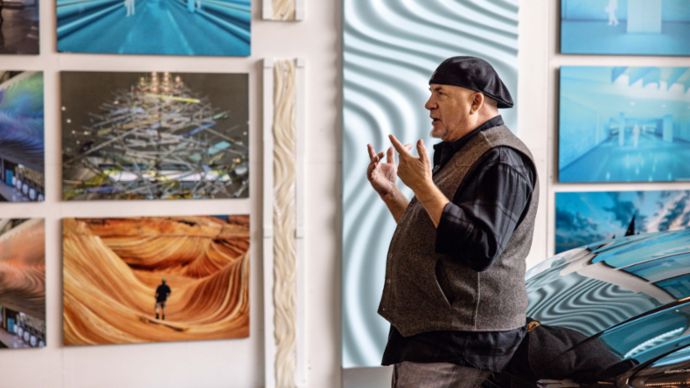
Important fixtures:
At his studio in Napa, the artist always keeps his sources of inspiration in sight. The VW Beetle radiates air-cooled childhood memories.
“My Macan is essentially a generational descendant of the Beetle,” says Huether, delighted. He views the Porsche as a reward, something he wasn’t able to afford until later in his career as an artist. “I love the way it sounds. I love the way it feels. It just permeates quality,” he says. “Being an artist, I’m obviously visually sensitive. But the Macan is also practical. With the back seat down, even my larger scale models fit inside.” The vehicle embodies Gordon Huether’s professional priorities, creating what is, for him, the ideal combination of fine aesthetics and function.
His personalized license plate reads “LICHT” (German for “light”), an element that plays prominently into his life’s work in more than just artistic illuminations. “Also in a spiritual sense,” he emphasizes. “With every turn of my head, I discover beauty!”
He appears to be deep in thought, standing in a fissure that’s just several yards wide, but endlessly deep. Not much light, but plenty of shade. Here, in this so-called slot canyon, he becomes philosophical: “My mission for almost 40 years has been to inspire the spirit of humanity by bringing beauty and meaning into this world through art. If there was ever a time that art could unite us in inspiration, it is now. Never before has art served a better and higher purpose.”
Consumption data
911 Turbo
Macan Electric
-
19.4 – 16.8 kWh/100 km
-
0 g/km
-
A Class
Macan GTS
-
11.7 – 11.3 l/100 km
-
265 – 255 g/km
-
G Class
Macan S
-
11.7 – 11.1 l/100 km
-
265 – 251 g/km
-
G Class
Macan Turbo Electric
-
20.7 – 18.4 kWh/100 km
-
0 g/km
-
A Class
